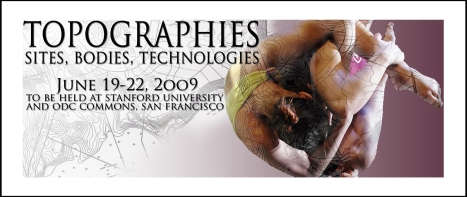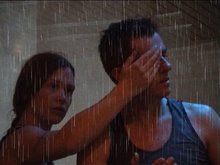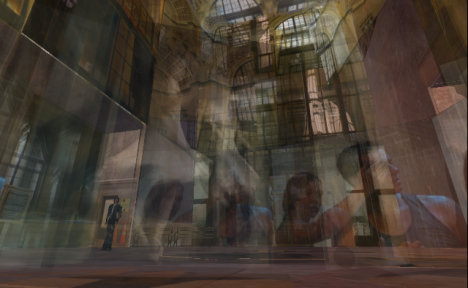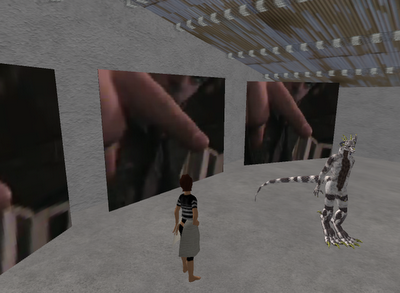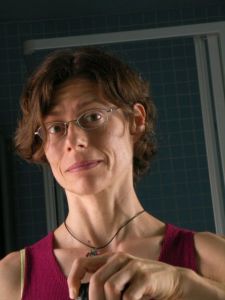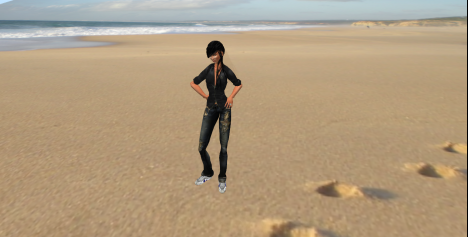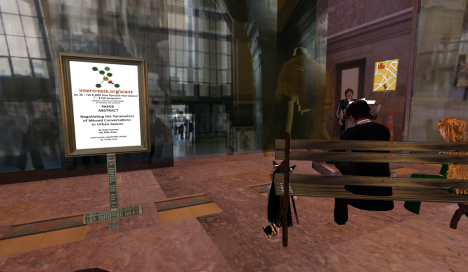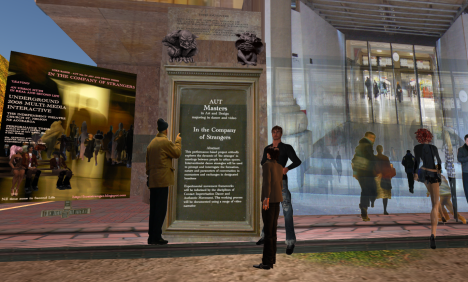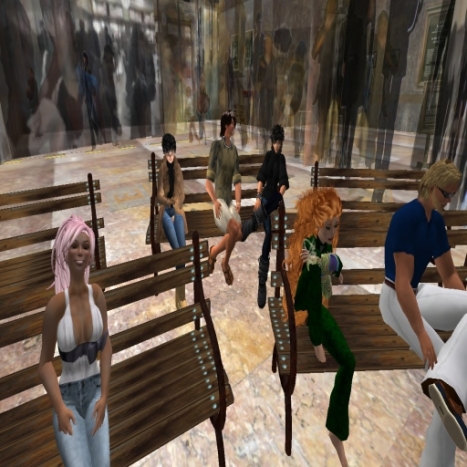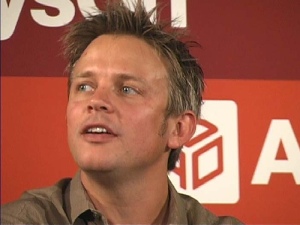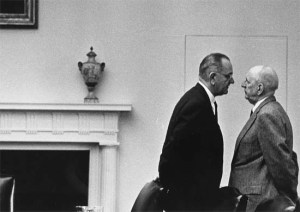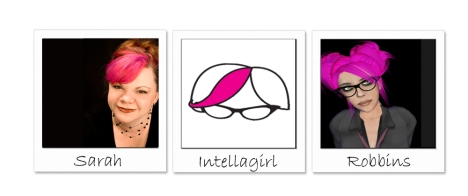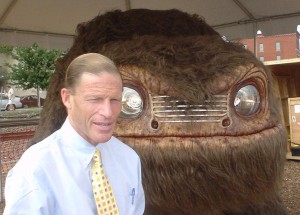IN THE SPOTLIGHT
SLENZ members on international
virtual world conference circuit
1. Cochrane at SLaction 2009
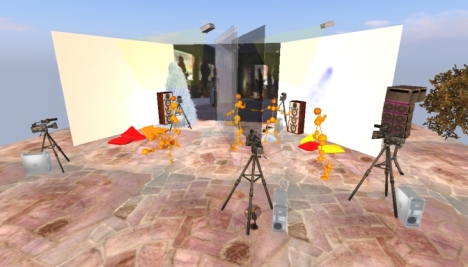 The Valverde conceptual design … as envisioned in Second Life.
The Valverde conceptual design … as envisioned in Second Life.
There are two Second Life conferences over the next few days which will feature the work of members of the SLENZ Project team, underlining just what can be achieved both by individuals and team members in a virtual world, even if one’s country is isolated in the real world.
The presentations also demonstrate the unique around-the-world, immersive, day-to-day collaborative nature of working in virtual worlds – something that is seldom achieved in real life without the benefits of virtual technology.
Today (September 24) Todd Cochrane (SL: Toddles Lightworker) (pictured left), a lecturer in Cybertechnology and Human Computer Interaction at WelTec and a SLENZ Project developer, will “work” with Dr Isabel Valverde (pictured right), a performer, interdisciplinary choreographer and researcher originally from Portugal, to present “Weathering In / Com Tempo: An Intervention towards Participatory Multi-modal Self-organizing Inter-corporeal” at the SLACTIONS 2009 research conference at the NMC Conference Center, Babbage Amphiteatre, in Second Life ( SL time: 11.30am, Sept 24; NZ time: 6.30 am, Sept 25; GMT: 6:30pm. Sept 24, 2009 ).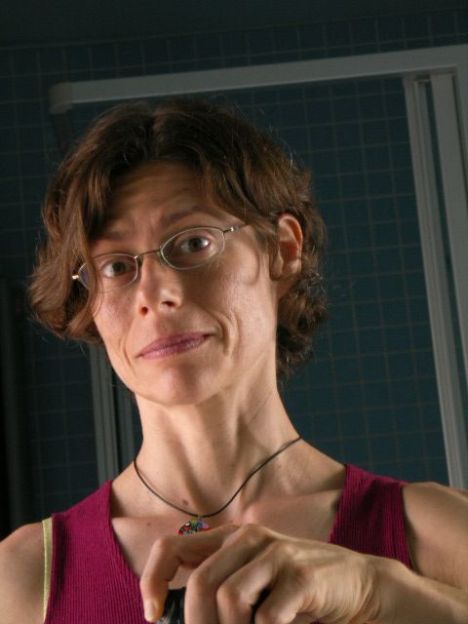
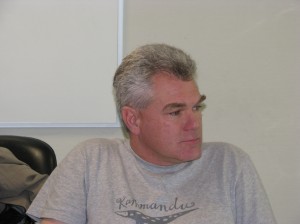 In Weathering In/Com Tempo (WI), a joint paper by Valverde and Cochrane, they will detail their initial concept and interface design work on the dance-technology project that questions reductions of our corporeal intelligence in a hybrid embodied environment, where participants are invited to playfully interact physically and virtually with one another as hybrid-embodied entities.
In Weathering In/Com Tempo (WI), a joint paper by Valverde and Cochrane, they will detail their initial concept and interface design work on the dance-technology project that questions reductions of our corporeal intelligence in a hybrid embodied environment, where participants are invited to playfully interact physically and virtually with one another as hybrid-embodied entities.
The intelligent physical-virtual networked environment is being designed to act like another player, interacting with the participants through related flow of sensed aspects with the ultimate goal of becoming a more inclusive, integrated and connected interface for human-environment hybrid living systems.
In their concept they envisage that the project, to be staged in an enclosed space, will incorporate a form of augmented reality (3D motion, haptic and weather data) achieved through a variety of hardware and software means – the five participants will wear clothes that facilitate the capture of motion data and provide haptic feedback – with the bridging to the physical environment from the virtual environment being through audio and video projection of the virtual space into the physical space and via data transmitted to micro-controller actuated servos embedded in clothing or micro-controller mediated switches that control a smoke machine, fans and sprinklers.
Bridging to the virtual environment will be through live data transmitted from: micro-controller monitored sensors embedded in clothing, weather data and 3D motion capture data, and stereo audio and video streams taken from the physical environment onto SL screens.
In her paper Dr Valverde expects Weathering In will lead to a) the development of a grammar of personal and relational behavior (through performative and choreographic research in particular site specific space/time frames); b) the development of an electronic Corporeal Network (that senses corporeal data and actuates haptic feedback through the internet into and out of a MUVE/SL); c) the development of performance technologies (through hybrid modes of practice, based on contemporary dance, Movement Therapy forms, Contact Improvisation, Yoga, and Tai Chi,).
Ultimately, she believes, the development of the WI interface prototype “will be the embodiment of a theory of corporeality for the post-human era”.
2. SLENZ at Jokaydia Unconference
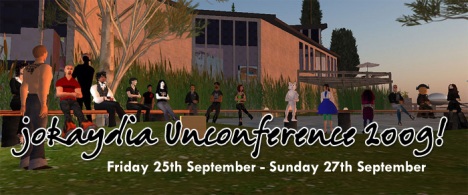
SLENZ Project lead educator Merle Lemon (SL: Briarmelle Quintessa), lead developer Aaron Griffths (SL: Isa Goodman) and joint co leaders Dr Clare Atkins (SL: Arwenna Stardust) and Terry Neal (SL: Tere Tinkel) will all feature at the Jokaydia Unconference over the weekend when the two educators lead a virtual tour of their virtual “lecture halls” on the SLENZ island of Kowhai.
Facilitated in world by Briarmelle Quintessa the Sunday, September 27 (Aust time 4pm; NZ time: 7pm; SL time: 11pm, Saturday, September 26 ) session on the SLENZ Project will allow educators and visitors to see what the Kiwis are doing on the island of Kowhai where two projects for students (midwifery and foundation or bridging education) are currently being run. Participants will be able to meet and speak with members of the SLENZ team involved in both pilots.
Jokaydia Support will be provided by by one of Second Life’s best known educators, Jokay Wollongong herself.
But that’s not all there will be at the Jokaydia annual Unconference which starts tomorrow, September 25, and has been designed to to celebrate the year’s discoveries and achievements and welcome Second Life residents both old and new to share their work in workshops, presentations, panels or discussions.
It is worthwhile looking through the schedule and planning on at least taking in one or two sessions on Jokaydia or at other venues both in Real Life and Second Life. There will be valuable lessons in all of them.
The unconference is designed for educators, academics, researchers, policy makers, curriculum designers, IT industry, digital media developers, students and anyone interested in diverse views and approaches to learning and teaching to build and strengthen their personal learning networks through shared interests.
Meanwhile midwifery pilot lead educator Sarah Stewart and Otago Polytechnic’s principle midwifery lecturer Dr Deborah Davis are to present a paper entitled “Using a Virtual Birthing Unit to teach students about normal birth” at the Australian College of Midwives 16th national conference in Adelaide tomorrow.
Filed under: Distance education, Education, Education in Second Life, Education in virtual worlds, Second Life, Sl Conferences, SLENZ Project, Virtual Worlds | Tagged: augmented reality, Clare Atkins, dance, Deborah Davis, haptic technology, Isabel Valverde, Jo Kay, Jokay Wollongong, Jokaydia, Maquarie University, Merle Lemon, Otago Polytechnic, Sarah Stewart, SLactions, Terry Neal, Todd Cochrane, unconference, Weatrhering In, Weltec, WelTech | 3 Comments »


